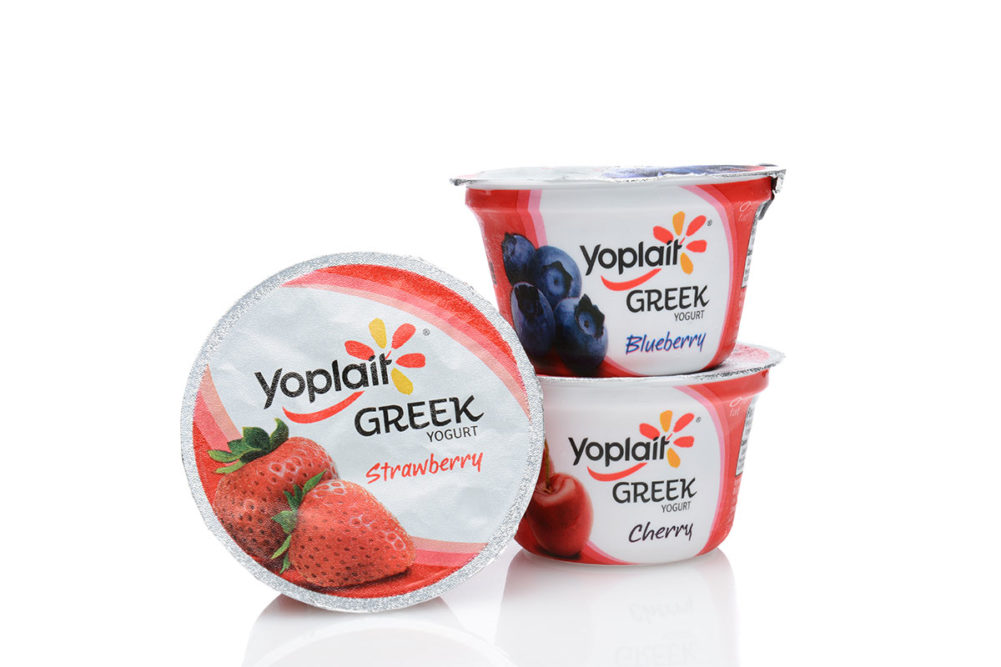MINNEAPOLIS —Despite uncertainties surrounding the economic environment and consumer behaviors, first-quarter financial results at General Mills, Inc. fell in line with expectations, said Jeffrey L. Harmening, chairman and chief executive officer. As a result, the company has left unchanged its guidance for modest sales and earnings growth in fiscal 2024.
“Amid a continued volatile environment and with various puts and takes across our business, our first-quarter results at the enterprise level were broadly in line with our targets,” Mr. Harmening said in announcing quarterly results. “As we look to the rest of fiscal 2024, we have strong growth plans supported by healthy levels of investment, increased HMM (holistic margin management) productivity, and efficient capital deployment. With confidence in our plans and our ability to adapt to continued change in the consumer landscape, we are reaffirming our full-year financial guidance.”
The company’s guidance calls for net sales to climb 3% to 4% in fiscal 2024 and adjusted earnings per share to grow 4% to 6%.
First-quarter net income for the period ended Aug. 28 was $673.5 million, equal to $1.15 per share on the common stock, down 16% from $820 million, or $1.37 per share, in the first quarter last year. Sales were $4.9 billion, up 4% from $4.7 billion last year.
Results in fiscal 2023 included a $430.9 million gain related to a divestiture. Adjusted for this and other unusual items, earnings per share in the first quarter were down 1% from the year before.
Accounting for 6% growth in quarterly sales, volume was down 2% while price/mix added six percentage points to sales.
Updating investors on supply chain disruptions, Mr. Harmening said customer service levels have improved to “mid-90s in North America.”
“We’ve seen supply disruptions reduce to pre-pandemic levels,” he said. “This improvement is allowing us to put more resources toward our productivity efforts, and we remain on track to generate HMM cost savings.”
Operating profit of the North America Retail (NAR) segment was $798.2 million in the first quarter, up 3% from $777.8 million in June-August last year. Sales were $3.1 billion, up 3% from $3 billion a year earlier.
“In our North America Retail segment, we continued to see elevated retail sales growth for at-home food in the first quarter versus the pre-pandemic period, though the pace moderated from the double-digit growth rates we saw in fiscal 2023, reflecting less impact from inflation-driven pricing and a shift toward value for some consumers,” Mr. Harmening said.
The retail segment lost market share in the quarter, “as we expected,” Mr. Harmening said, noting supplier relationship management steps and an advantaged supply chain situation relative to competition a year earlier. These factors gradually will fade as the year progresses, “allowing us to get back to stronger share performance,” he said. Additionally, General Mills generated stronger growth in non-measured channels in the first quarter, including club, discount and dollar stores, he added.
Importantly, key indicators watched by General Mills trended positively in the first quarter, Mr. Harmening said.
“For example, we grew share of distribution on more than 70% of our NAR business in Q1, including cereal, snack bars, refrigerated dough, yogurt and desserts,” Mr. Harmening said during a call Sept. 20 with analysts. “We improved the effectiveness of our merchandising, with display support up mid-single digits versus the prior year. And as supply chains improve, we are able to refocus our efforts on General Mills’ proven strengths — building brands and delivering remarkable innovation. We continued to invest in our brands in Q1, with media investment up double digits, and we’ve received great feedback on our new product launches, including extending our successful minis cereals platform to two of the top brands in the category: Lucky Charms and Cocoa Puffs, as well as bringing luxury to the yogurt aisle with the launch of Haagen-Dazs cultured cream.”
Looking forward, Mr. Harmening said consumer cautiousness makes him hopeful about prospects for volume trends ahead for the NAR segment.
“The cost of eating out is roughly four times what it is eating at home,” he said. “And so as consumers get more squeezed, and as people get in their warmer routines in the fall, we would think that at-home eating will probably pick up a little bit. We’ll find out.”
North America Foodservice generated operating profit of $59.1 million, up 10% from $53.6 million in the first quarter of fiscal 2023. Net sales of $536 million were up 8% from $496.4 million the prior year.
Four points of the sales gain were attributed to the company’s TNT Crust acquisition.
“Organic net sales were up 4% despite a six-point headwind from market index pricing on bakery flour,” General Mills said. “Segment operating profit increased 10% to $59 million, driven primarily by favorable net price realization and mix, partially offset by higher input costs.”
Mr. Harmening added, “We saw an increase in consumer traffic in hospitality, travel, education, and other non-restaurant away-from-home food channels in Q1, while restaurant traffic was generally in line with year-ago levels. On the bottom line, North America Foodservice segment operating profit was up 10% in Q1, driven by positive price/mix, partially offset by higher input costs.”
Adding color to guidance offered in his comments, Mr. Harmening sought to clarify what may be meant by improving volume trends.
“We do expect our volumes to improve,” he said. “Importantly, they don’t have to get to positive. They just have to improve from where they are now. And part of that is really going to be gaining share as pricing gets lapped, as the competition comparisons getting tougher and as our get easier because of this supply chain channels.”





